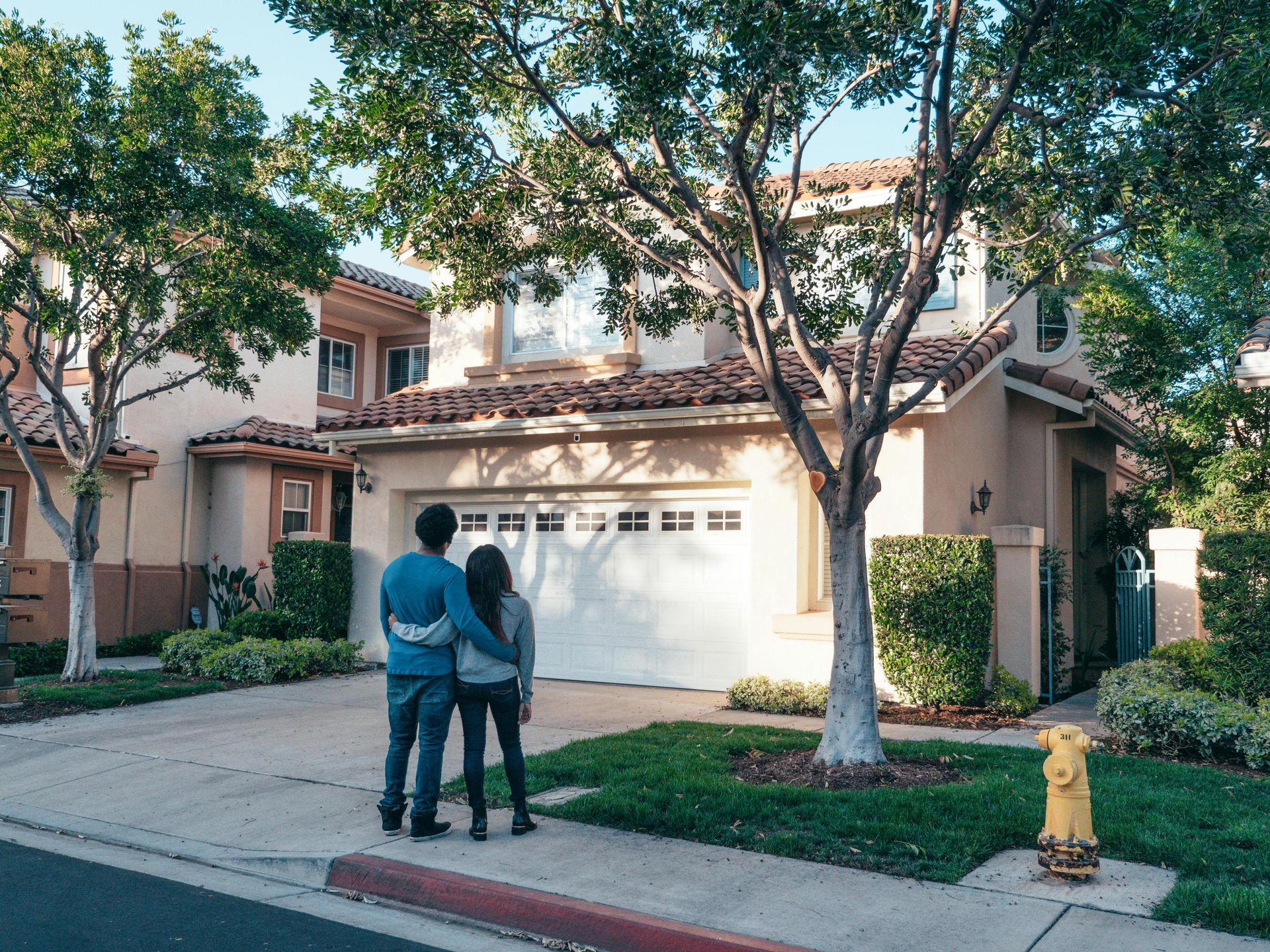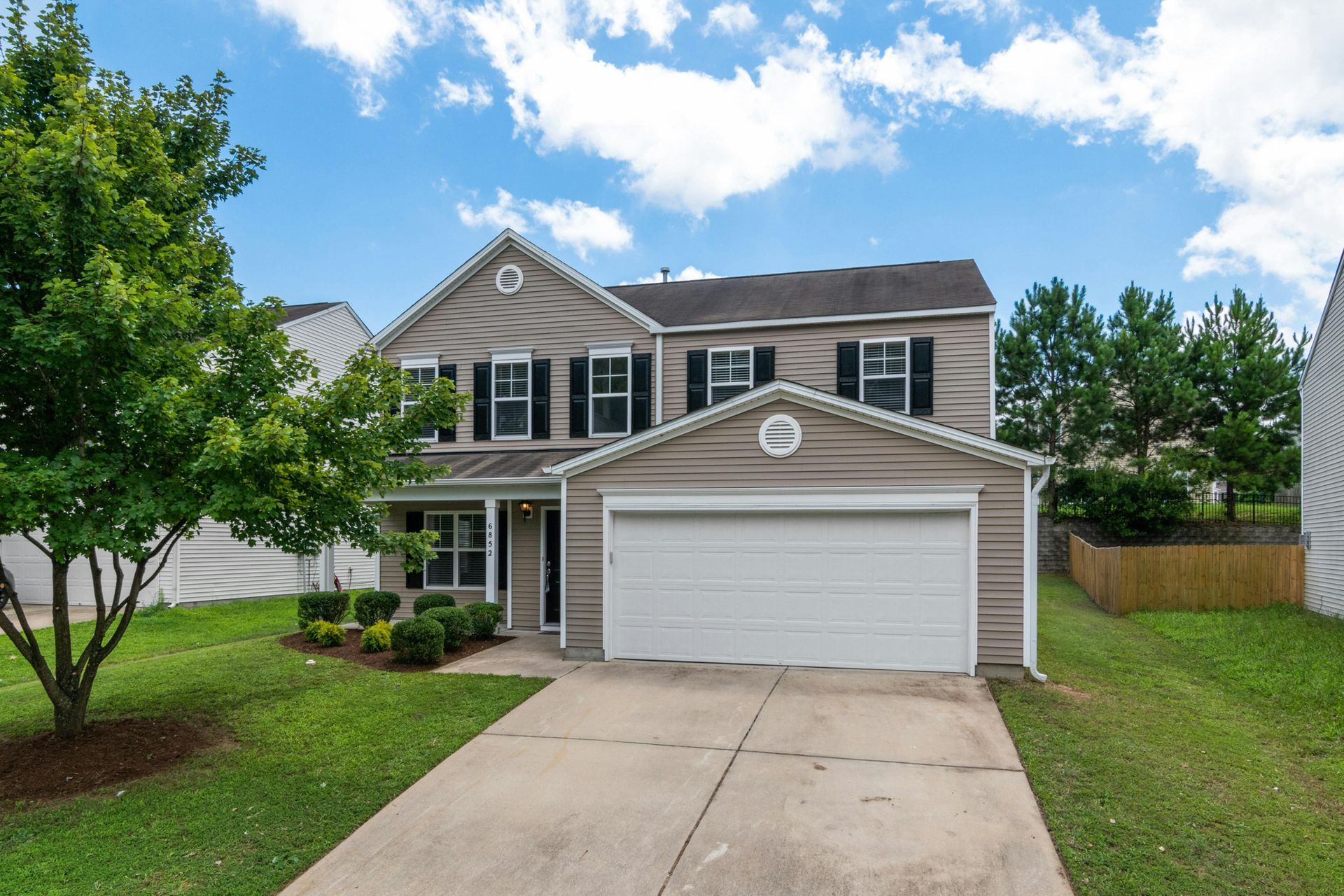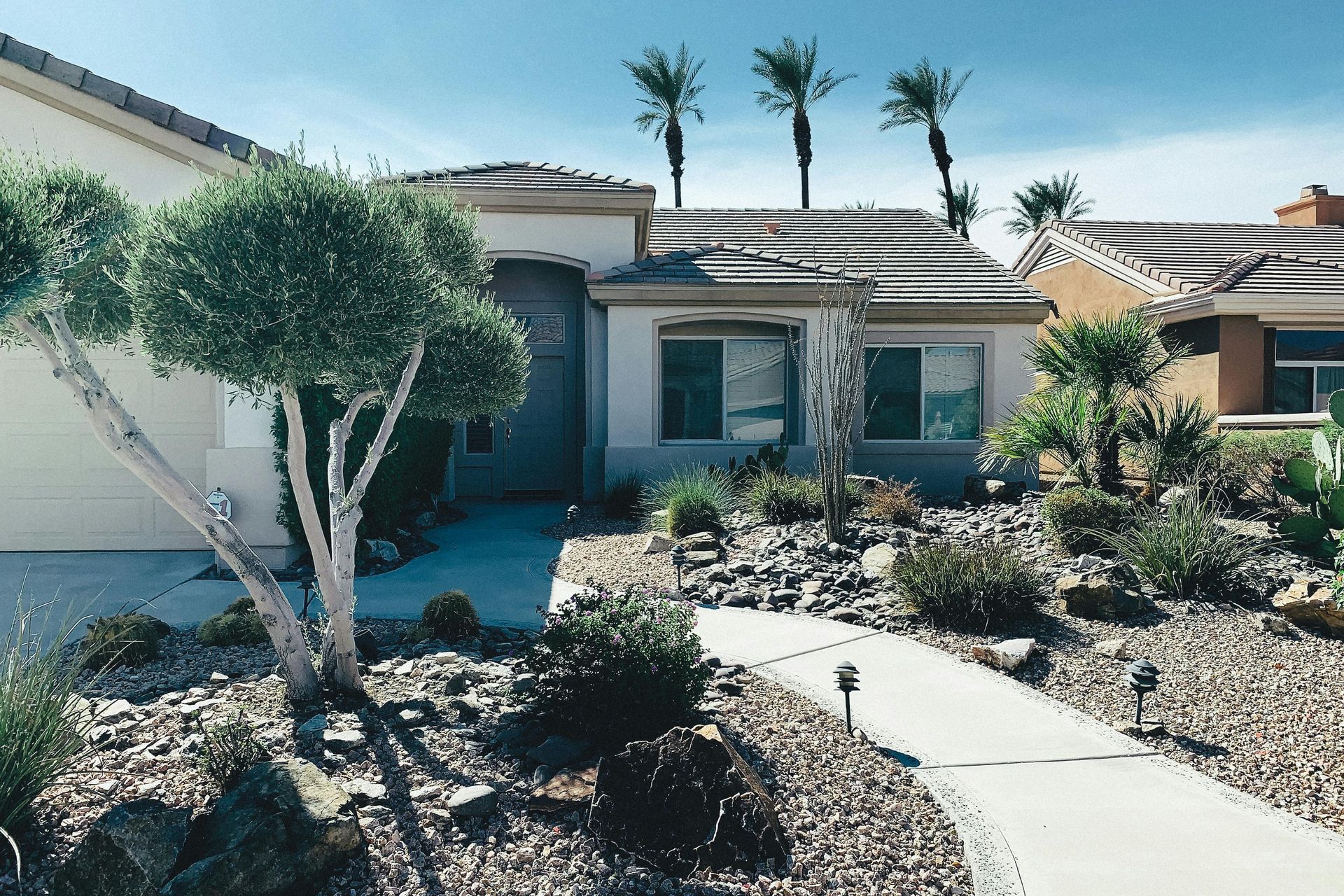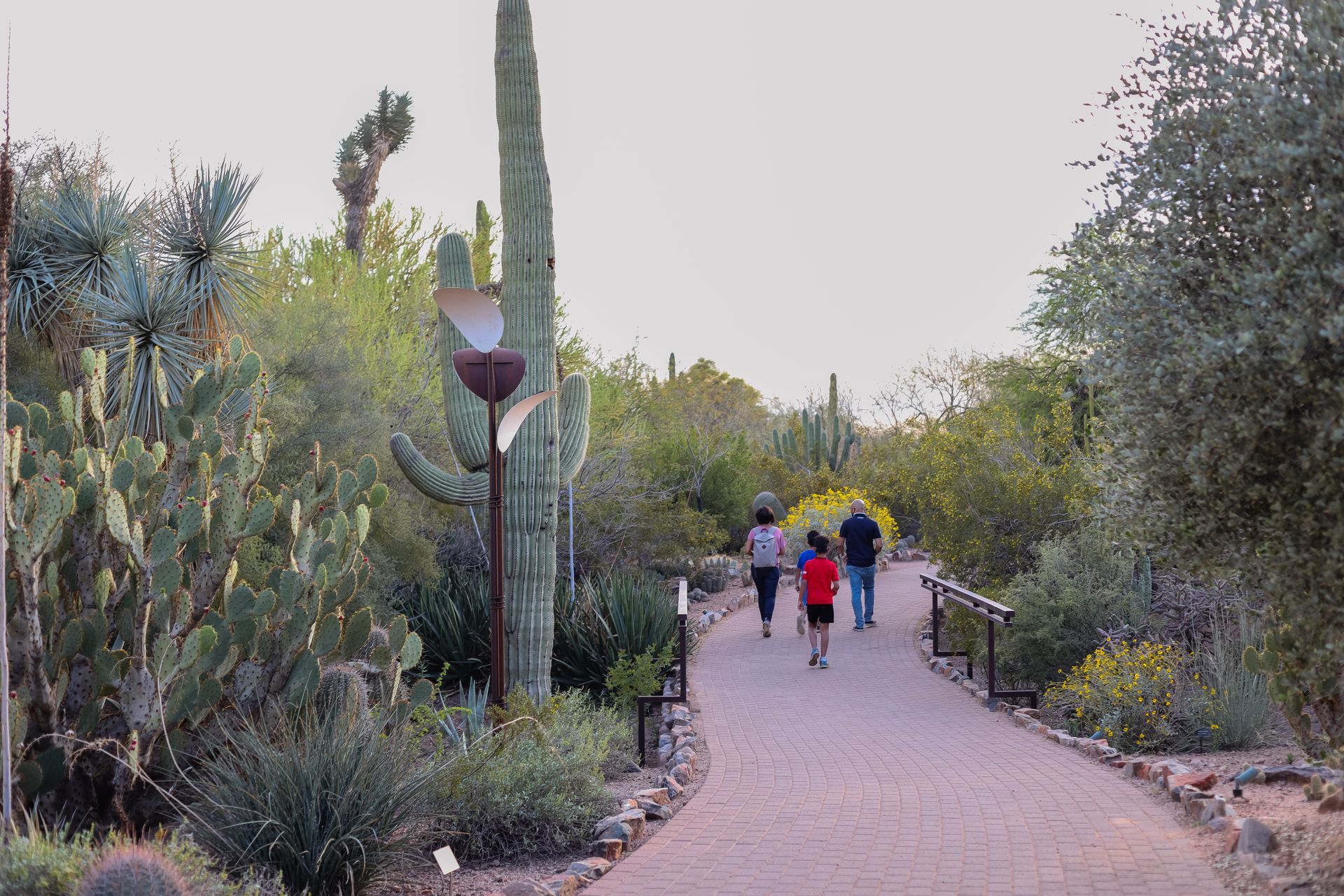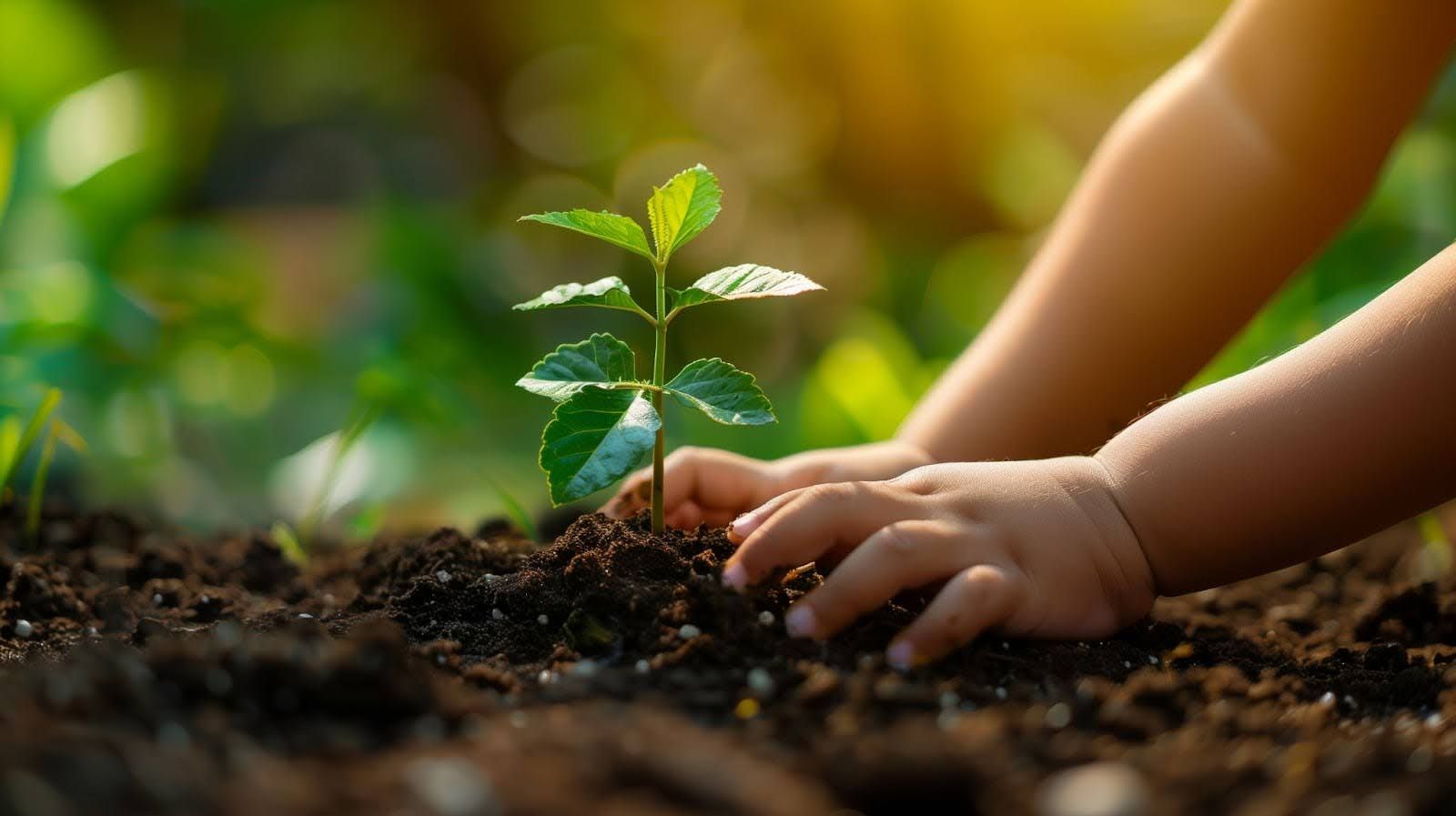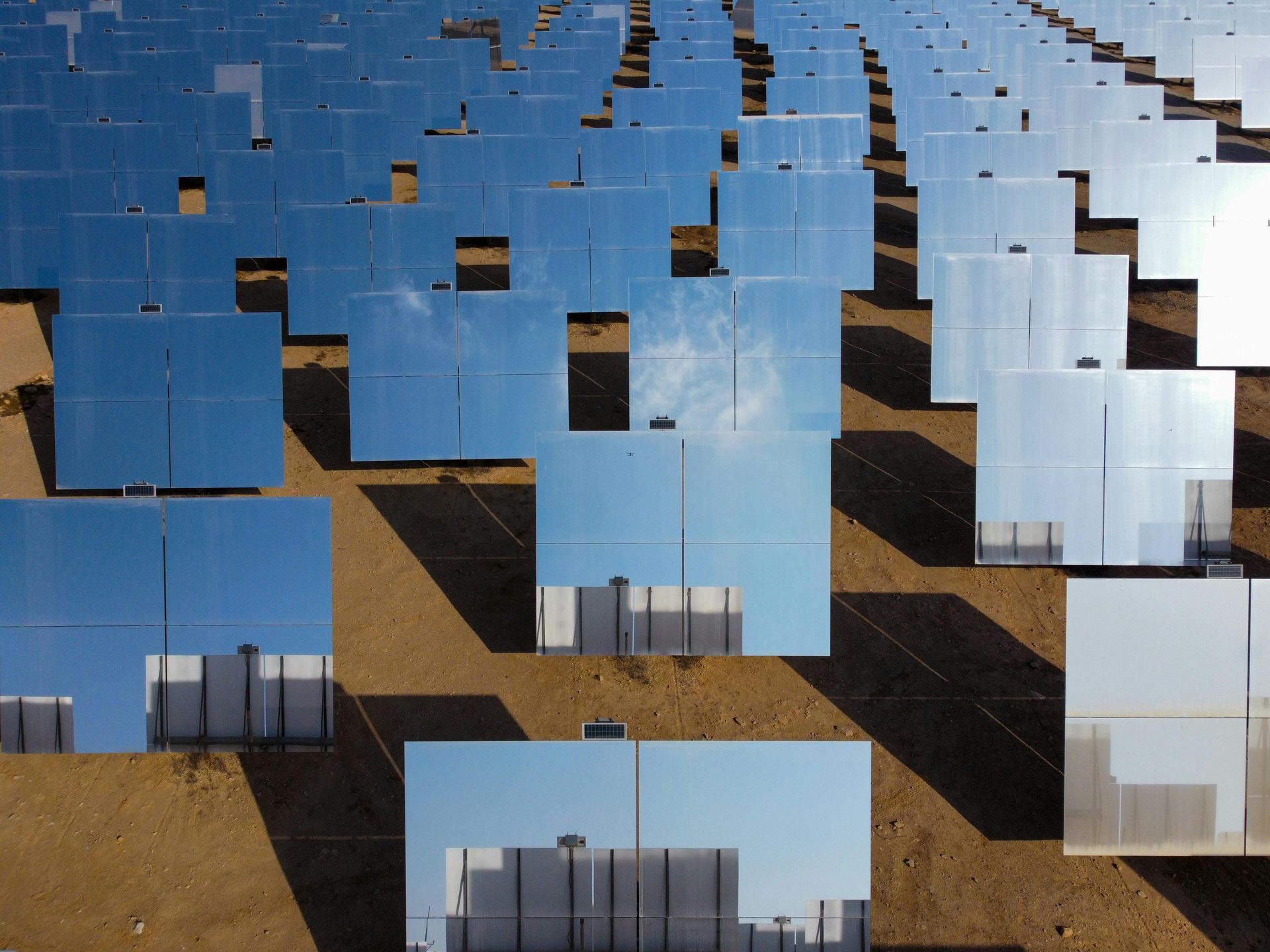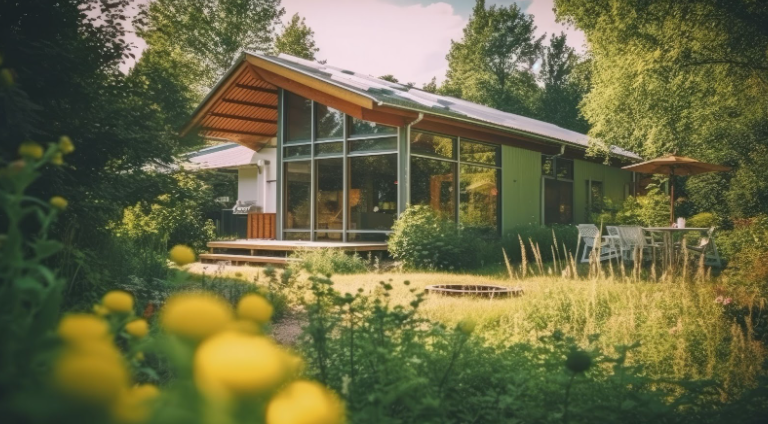Sustainable Urban Growth in Arizona's Desert Ecosystem

Arizona faces unique challenges in managing urban growth within its desert ecosystem. The state's cities, notably Phoenix and Tucson, are expanding rapidly, posing potential threats to the delicate desert environment. Sustainable development in this context involves implementing strategies that conserve water, preserve natural habitats, and incorporate eco-friendly building materials. These efforts aim to harmonize urban expansion with the natural desert landscape, ensuring that growth is both environmentally sustainable and beneficial for residents.
Water Conservation Measures
Water is a precious commodity in Arizona's arid climate. Sustainable urban growth in the region heavily depends on efficient water management strategies. Cities have implemented various water conservation measures to tackle this issue head-on.
Recycling and Reusing Wastewater
One key strategy is the recycling and reuse of wastewater. Urban centers in Arizona are increasingly adopting technologies that treat wastewater to safe standards, then repurposing it for irrigation and industrial processes. This practice significantly reduces the demand for freshwater in non-potable applications.
Efficient Water Use Policies
Efforts to enforce efficient water use are also critical. Water-saving appliances, xeriscaping (replacing lawns with native desert landscaping), and strict irrigation schedules are examples of policies aimed at reducing water consumption. These measures help to curb excessive use and promote a culture of conservation among residents and businesses.
Habitat Preservation Practices
Expanding urban areas pose significant risks to native wildlife and their habitats. To address this, Arizona has implemented several habitat preservation initiatives to protect its biodiversity.
Establishing Conservation Areas
The creation of conservation areas ensures that significant portions of the desert are preserved, allowing native flora and fauna to thrive. These areas act as buffers against the encroaching urban environment and serve as crucial refuges for endangered species.
Integrating Natural Environments and Urban Development
Planning strategies that integrate urban development with the natural environment are increasingly popular. This approach includes designing urban projects that accommodate wildlife movement and plant growth, thereby minimizing ecological disruption.
Eco-Friendly Construction Materials
The choice of building materials significantly impacts the sustainability of urban development. Arizona's focus has shifted toward materials that are both environmentally friendly and suitable for the harsh desert climate.
Sustainable Building Materials
Materials such as recycled steel, insulated concrete, and sustainably harvested wood reduce the environmental footprint of new construction projects. These materials are not only durable and suitable for the desert conditions but also help to minimize waste during the construction process.
Energy-Efficient Designs
Buildings designed to be energy-efficient play a crucial role in sustainable urban growth. Features like solar panels, energy-efficient windows, and green roofs are becoming standard in new developments. These designs reduce the need for artificial heating and cooling, cutting down on energy consumption and promoting a cleaner environment.
Engaging the Community in Sustainable Practices
Sustainable urban development is not solely the responsibility of planners and policymakers. Engaging the local community in these efforts is essential for long-term success.
Educational Programs
Educational programs that focus on the importance of sustainability practices help create a well-informed citizenry. Schools, community centers, and public workshops can play pivotal roles in this educational effort, emphasizing the importance of water conservation, recycling, and energy efficiency.
Incentives for Sustainable Living
Incentives such as tax breaks or utility discounts encourage residents and businesses to adopt sustainable practices. These incentives make it economically viable for individuals and companies to invest in efficient appliances, solar energy systems, and water-saving technologies.
The challenge of managing urban growth in Arizona's desert ecosystem is multifaceted, requiring a comprehensive approach that encompasses water conservation, habitat preservation, and the use of sustainable building materials. By implementing these strategies, Arizona can ensure that its urban development does not come at the expense of its natural surroundings. The involvement of the community in these efforts is equally crucial, as sustainable practices need to be ingrained in the daily lives of residents to effect meaningful environmental conservation. The integration of sustainability into urban planning represents a forward-thinking approach to development that other arid regions may look to as a model.
Discover how Danijela Quenzler can guide you in finding your eco-friendly dream home amidst Arizona's breathtaking desert landscape. Our commitment to sustainable development ensures that your new home contributes to preserving our precious environment. Contact us today to learn how we can help you live sustainably without compromising on style or comfort.

